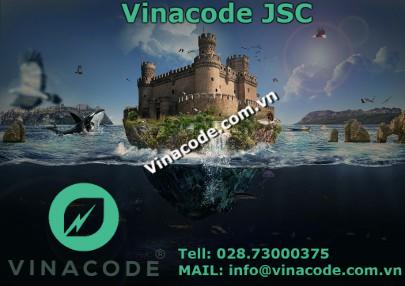With the threat of climate change a hot topic for discussion, low-lying countries are increasingly concerned about rising sea levels. Recently, it was discovered that nitrous oxide emissions were on the rise in the Arctic, fuelling fears that it may be impossible to prevent global temperatures from rising above the feted 2°C mark.
While most environmental efforts have focused on attempting to prevent that disastrous temperature hike from occurring, Dutch engineers have been preparing for the worst-case scenario. A team of researchers from the Marine Research Institute Netherlands (MARIN) have developed the idea of floating mega islands, which could sustain life and infrastructure in the event of mass flooding.
A uniquely Dutch solution
With a name that literally translates into English as “low countries”, the Netherlands are no strangers to the threat of rising tides. At present, approximately two-thirds of their population live beneath sea level and an innovative Dutch entrepreneur recently posited the idea of employing floating rubbish collectors to clean up the increasingly polluted oceans of the world.
Now, the country’s best and brightest have turned their attention to another floating solution – a mega island. Instead of attempting to prevent the rise of our seas and oceans, the MARIN project simply adapts to it, potentially providing a safe harbour for life in the future. At the very least, it could offer a superb place to conduct offshore operations, such as renewable energy generation or food harvesting.
5km2 in size
The MARIN prototype consists of 87 flexible triangles constructed from polystyrene and wood. Fitting together much like a Polydron play kit, the triangles are expected to reach up to 5km2 in size and could feasibly house towns, cities, farms, factories, marinas and all sorts of other infrastructure. They are tethered to the ocean floor to prevent them from floating away and have been tested in simulated conditions in the Netherlands, complete with artificial wind and waves.
“At a time of rising sea levels, overpopulated cities and an increasing number of activities at sea, raising dykes and spraying sand may not be the most effective solution,” explains Olaf Waals, project manager and designer of the idea. “Floating ports and cities are an innovative alternative that fits the Dutch maritime tradition.”
A long way to go
While the concept has huge potential with regards to living and harvesting the sea sustainably, it’s still very much at the drawing board stage. Before it can get off the ground, MARIN must address a whole host of concerns, including:
- How the triangles will be tethered together and to the ocean floor
- How the movements of the ocean will affect life and infrastructure on the surface
- How transport and traffic will be directed on the mega islands
- How the mega islands will affect the environment and ecosystems around them
- How the inventors can make the system 100% sustainable and self-sufficient
Clearly, there’s a long way to go. But with airports in Haarlemmermeer and Leylstad reportedly already showing an interest in the idea, Waals is hopeful that the project can become a reality within the next couple of decades. At the moment, the future looks buoyant for MARIN’s mega islands.



